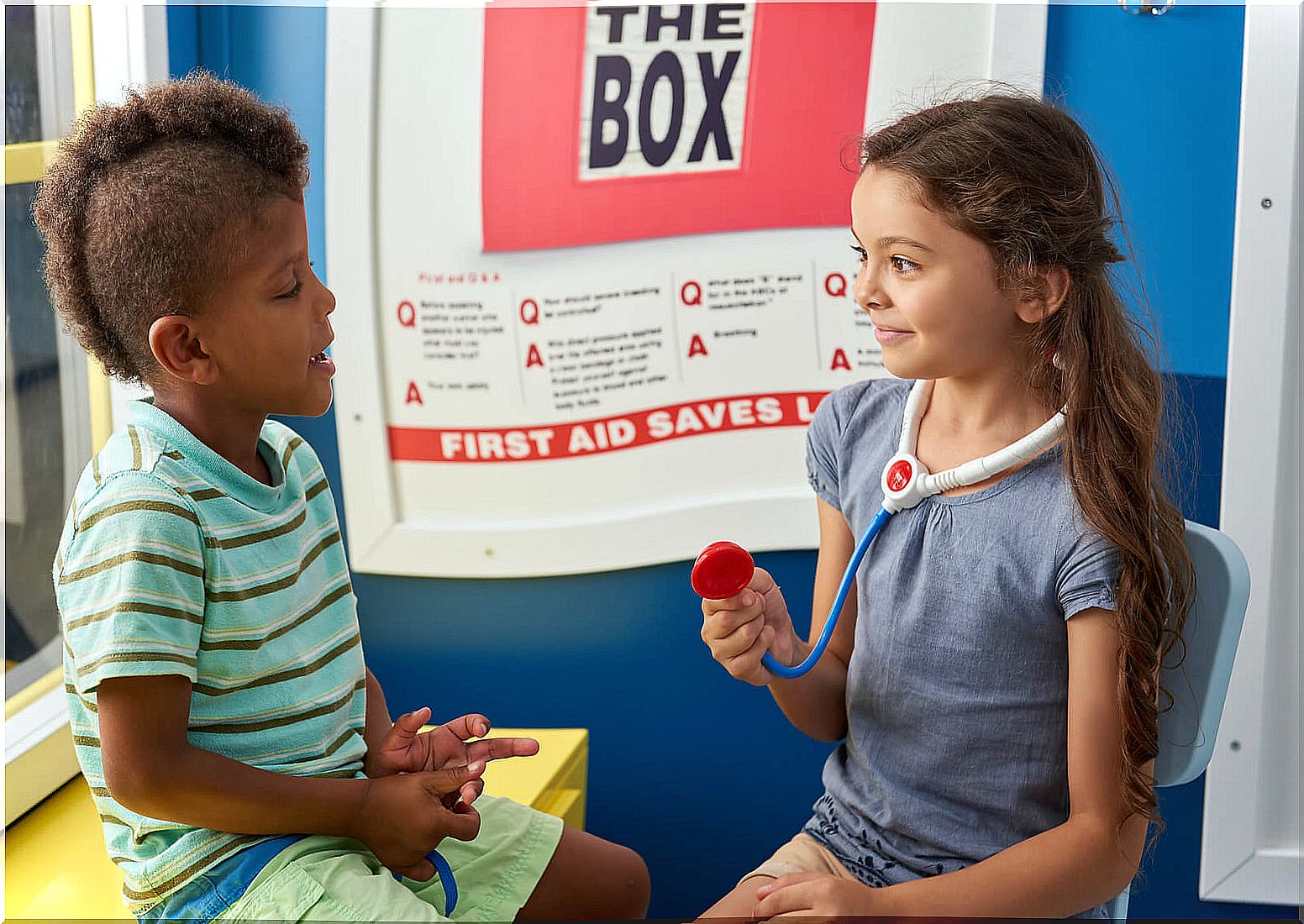How To Stimulate Scientific Thinking In Children

Stimulating scientific thinking in children has enormous benefits, not only academically, but also in their daily life and in their training as a person. The development of reasoning and logic will be decisive in helping them to solve the problems they encounter and to adapt to the new situations they face.
When we talk about scientific thinking, we are not only referring to things related to science (mathematics, nature, biology, engineering, medicine, geometry), but this thinking is also related to the ability to be autonomous and to solve life problems daily.
How does it help to stimulate scientific thinking in children?
As we have said before, it is very important to stimulate this type of thinking in the little ones. They are in full development and everything that provides them with cognitive stimulation will be very positive for their academic development and as autonomous people. So, let’s see how it helps to stimulate scientific thinking in children.

- Improves learning to solve problems in real situations.
- Increases the capacity of observation and analysis in the child about what is happening in his environment.
- Improves your reasoning skills and encourages the construction of more complex ideas.
- It works on your ability to deduct and allows you to learn strategies to come up with your own solutions.
- It enhances the child’s relationship with his surroundings and the way he perceives it.
- It helps to build one’s own learning.
- Perfect their perception of spaces and their relationship with the physical environment (forms, parts, everything, etc.).
These are just some of the benefits why it is important to stimulate scientific thinking in our children. Thanks to this they will be people capable of facing and solving difficult situations and will be able to analyze from different points of view and have a global vision of the world in which they live.
What must be taken into account for an adequate stimulation of scientific thought?
For the development of scientific thinking to be adequate, some essential aspects must be taken into account. Next, we are going to see some of them:
- Use scientific thinking in the child’s day-to-day life.
- Use logic to solve complicated situations.
- Provide the skills and techniques necessary for the child to be able to observe and analyze their environment to act accordingly.
- Encourage children to trial and error ; They should try solutions, and if they don’t work, they should change them. Error is a learning opportunity and this we must instill in our children.
Tips to stimulate scientific thinking in children
Scientific thinking helps the little ones to relate facts, ideas and causes with their effects. If we use some simple practices in our day to day, we will be helping them to develop this thinking, logic and deduction. We are going to see some tips that you can follow for this.
Foster your curiosity about the world
We must encourage them to investigate all the objects around them, to understand how things work and what they are for. We will let them manipulate the objects and do trial and error tests to figure out the mechanisms that set it in motion.
Since they are small, parents must allow them to handle all objects (that are not dangerous, of course) materials, clothes, toys, objects, etc.
At the beginning, through touch and sight, children will determine the differences of objects in terms of colors, shapes, sizes and will investigate their characteristics and functions. As they grow, we can use some home experiments to analyze the cause-effect relationship.
Asking questions to spark their interest in things
There are very curious children who ask and touch everything, while others are not so curious. For the latter we must arouse their interest by asking them questions about the world around them and encourage them to investigate to find an explanation for everything they do not understand.
Allow them to put into practice and try to solve the problems they find
As long as it is not a danger, we must let them seek solutions autonomously, following their criteria in the face of problems that arise when handling or starting an object. This always has to be done under our supervision, patience and advice.

Use play and imagination
We can propose simple challenges for them to try to solve. We can also start a story and ask them to continue it and explain what happens to their protagonists, how they think, how they react, etc.
Use stories to encourage scientific thinking in children
Stories can be a very good tool to promote scientific thinking in children. At first, we will be the ones to read the story to them and then we will ask them questions to develop their reasoning and understanding.
Later, when they are older, the most probable thing is that whenever they read they will try to find the answer to the doubts that may arise, they will consult and research other books to obtain answers, etc.
Gently direct your learning
When they are faced with a problem that they do not know how to solve, we will not give them the solution. We can give them clues or ask questions that lead them to the solution as they think; in this way, they will be the ones to find the solution.
As you can see, it is very important that parents stimulate scientific thinking in children. This will help them not only in the academic field, in which it will be very important to have it developed, but also for their training as an independent person and capable of solving the problems they face.
Always remember that parents are their guides on this path of learning and that with patience, love and work we can make our children great people in all areas.










